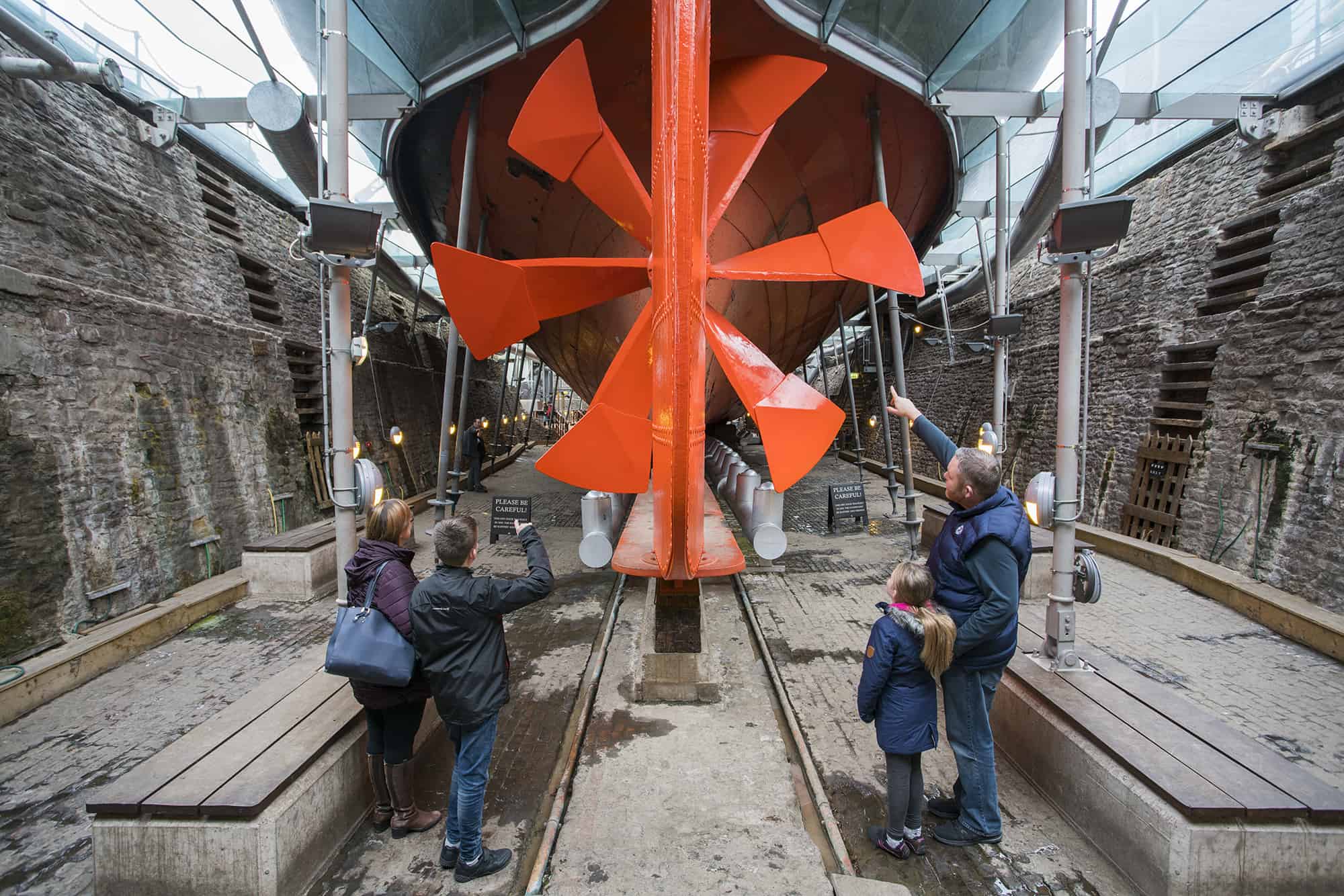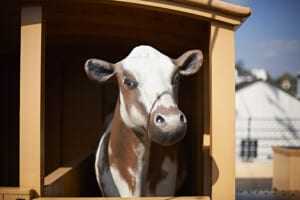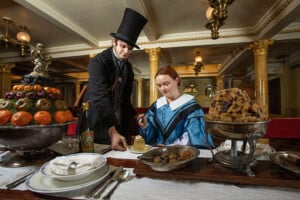The first major tradition to gain popularity throughout the 19th century was the Easter egg hunt. This was a German custom dating back to the 16th century, when Martin Luther organised egg hunts for women and children in his congregation. The hollow Easter eggs symbolised the empty tomb of Jesus which, according to Christian tradition, was discovered by women. As a child, Queen Victoria, whose mother was German, would have taken part in Easter egg hunts. She continued to enjoy this custom with Prince Albert and their children, popularising the activity among Victorian families.
Decorating eggs for Easter as a symbol of rebirth and fertility is a practice that dates back to early Christians in Mesopotamia (modern-day Iraq), who dyed eggs at Easter time. Victorian children took part in this tradition, hard-boiling and decorating eggs, colouring them with natural ingredients such as onions, berries and lemon peel or wrapping them in gorse flowers.
It was also custom to gift decorated eggs, which replicated the fashionable, but very expensive, Fabergé egg. These could be made of papier mâché decorated with materials such as silk, lace and ribbon, or sugar decorated with lace frosting depicting scenes of spring, nests, or rabbits. Chocolate eggs were also crafted during the 19th century, but it was in 1875, when British chocolate company Cadbury made their first Easter egg, that chocolate became a commercial feature of Easter.
Continuing the theme of Easter treats, hot cross buns were enjoyed on board the SS Great Britain. On the 10th of April 1857 Samuel Archer, the ship’s Surgeon, writes in his diary that he “had hot cross buns for breakfast”. Although hot cross buns existed before the Victorian era (the nursery rhyme dates back to 1798), eating them on Good Friday was popularised by the Victorians, with street vendors selling them cheaply at Easter.
Other traditions include the monarch giving coins on Maundy Thursday. Referencing the biblical story of Jesus washing his disciples’ feet on what would be later called Maundy Thursday, the monarch would distribute gifts to the poor. Queen Victoria took part in the Royal Maundy celebration and special Maundy coins were minted during her reign.
An essential item in a Victorian woman’s wardrobe, to be worn to church on Easter Sunday, was an Easter bonnet. These were made from straw, more suitable for the spring months, and were either specially made or repurposed old bonnets with new decorations.
Victorians also began the practice of sending seasonal cards and Easter was no exception. With the introduction of the halfpenny stamp and railways, it became much easier to send greetings cards to relatives and friends.
Why not join the Victorian crafting tradition this Easter and decorate eggs for your own egg hunt?





